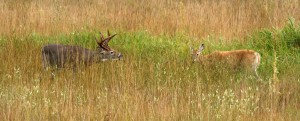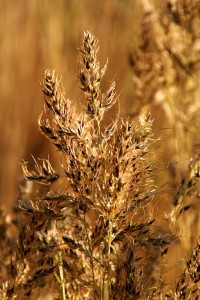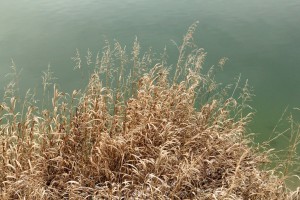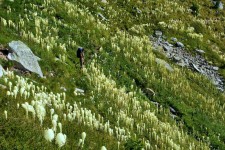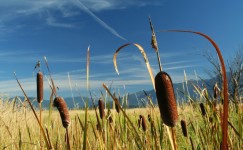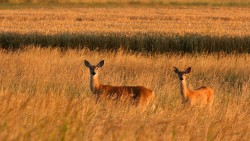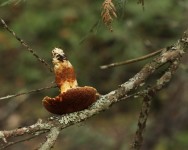What do barley, corn and fescue all have in common? They are all grasses. From the green grass in yards to fields of oats to meadows of pine grass, grasses comprise one of the most important families of plants both economically and ecologically.
Corn, wheat and rice are three important cereal crops that are grasses. Cattle graze on grasses along with large herbivorous mammals such as deer and elk. Grass is important to waterfowl for food, birds to seek shelter within, and an important source of food for many other animals.
Over 9,000 species of grasses exist on Earth and they all have similar characteristics that identify them as grasses. All grasses have narrow leaves with parallel veins, inconspicuous flowers and nodes where the leaves join the stems. The stems are round or flattened and usually hollow.
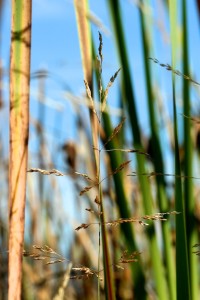
When the main axis branches and the spikelets are stalked, the flower heads are described as panicle
Sedges and rushes are grass-like but can be distinguished from grasses by their stems. Sedges and rushes have solid stems with no nodes. Also sedges have triangular stems and rushes have round stems which can be remembered by “sedges have edges and rushes are round”.
Identifying grasses is unlike identifying trees because the leaves are often similar. Instead grasses are identified by the flower heads (when visible) or by the collar region which is where the leaf blade wraps around the stem.
Grass flowers are inconspicuous because they are wind pollinated and don’t need to be showy to attract birds or insects. More visible are the flower clusters called spikelets. For identification, one should look at whether the spikelets are directly on the main stem or branches of the main stem and whether the spikelets are on short stalks.
The other main identifier for grass is the collar region. How the leaf attaches to the stem and the associated sheath, ligule and auricle vary by species.
There are six main groups of grasses: grazing and foraging grasses, turf grasses, ornamental grasses, cereals, sugar cane, and woody grasses. Across these groups, grasses grow in two ways: sod-forming or bunching.
Luscious expanses of green lawns are formed by sod-forming grasses, such as Kentucky bluegrass. Sod-forming grasses spread by creeping rhizomes through the soil or stolons on top of the soil. New plants grow from nodes on the rhizomes or stolons. A dense carpet of sod eventually forms as the rhizomes and/or stolons overlap.
On the other end of the scale are bunch grasses. Bunch grasses grow in distinct clumps or tufts because they lack rhizomes and stolons. Timothy, tall fescue, and meadow foxtail are a few types of bunch grasses.
Whether a sod-forming grass or a bunch grass, both can withstand repeated mowing, grazing or droughts. Unlike trees that produce new growth at the end of branches, the meristems (growing points) of grasses are at the base of the plant or below ground. This allows the grass to be burned, cut or grazed without damage.
The large fibrous root system of grasses contains substantial food reserves so plants can regrow quickly after damage, which is why mowing the lawn is an endless task.
Though in the summer heat many lawns go dormant if not watered because of the type of grass. There are cool-season and warm-season grasses which thrive at different temperatures. Cold-season grasses go dormant in the hot, dry conditions in which warm-season grasses thrive.
Whether a warm-season or cold-season grass, annual or perennial, tall or short, bunch grass or sod-forming, grass is everywhere from out our front door to the cereal in our cupboards.

